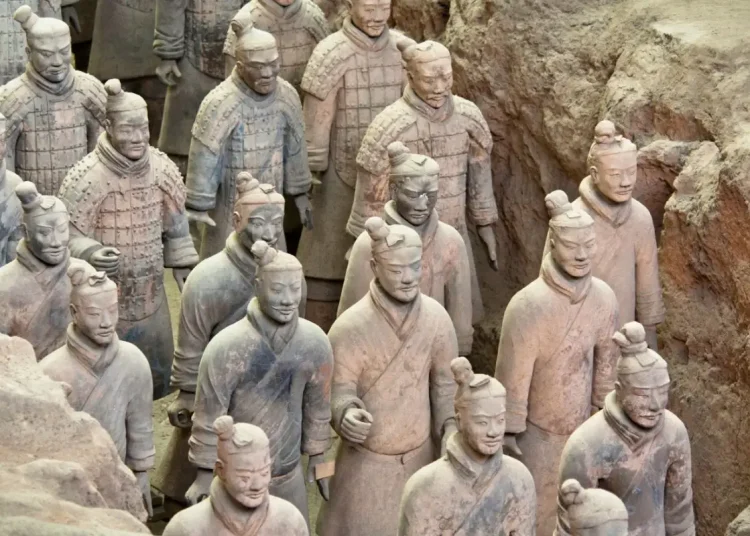Beyond Ornate: Exploring the Intricate Beauty of Baroque Architecture
Baroque architecture is a style that emerged in the late 16th century in Europe and continued through the 18th century. It is known for its ornate and intricate designs, characterized by grandeur, drama, and opulence. Baroque architecture is often associated with the Catholic Church and the Counter-Reformation, as it was used to convey the power and wealth of the church.
The Origins of Baroque Architecture
The term “Baroque” is derived from the Portuguese word “barroco,” which means irregularly shaped pearl. The style was first developed in Italy, particularly in Rome, where architects such as Gian Lorenzo Bernini and Francesco Borromini created some of the most iconic Baroque buildings.
Baroque architecture was a reaction against the more restrained and classical style of the Renaissance. It sought to evoke emotion and awe in the viewer, using dramatic forms, intricate ornamentation, and a sense of movement and dynamism.
Key Features of Baroque Architecture
Baroque architecture is characterized by several key features that set it apart from other architectural styles:
- Ornate Decoration: Baroque buildings are known for their elaborate decoration, including intricate stucco work, gilding, and frescoes. Buildings are often covered in ornate sculptures and carvings, adding to their grandeur.
- Dramatic Forms: Baroque architecture often features sweeping curves, dramatic lines, and asymmetrical shapes. Buildings are designed to create a sense of movement and dynamism, drawing the viewer’s eye upward and outward.
- Use of Light and Shadow: Baroque architects were masters at using light and shadow to create dramatic effects. Buildings are often designed to catch the light in a particular way, highlighting their features and creating a sense of depth and dimension.
Iconic Baroque Buildings
Some of the most iconic examples of Baroque architecture include:
- St. Peter’s Basilica, Rome: Designed by Gian Lorenzo Bernini and Michelangelo, St. Peter’s Basilica is one of the most famous Baroque buildings in the world. Its grand dome and ornate facade are a testament to the power and wealth of the Catholic Church.
- Palace of Versailles, France: Built by Louis XIV, the Palace of Versailles is a stunning example of Baroque architecture. Its opulent interiors, elaborate gardens, and grandiose facade are a testament to the wealth and power of the French monarchy.
- Schönbrunn Palace, Vienna: This Rococo-style palace is a UNESCO World Heritage site and one of the most famous Baroque buildings in Austria. Its ornate interiors, beautiful gardens, and grand facade make it a must-see for visitors to Vienna.
Modern Interpretations of Baroque Architecture
While Baroque architecture is primarily associated with the 17th and 18th centuries, its influence can still be seen in modern architecture. Architects such as Frank Gehry and Zaha Hadid have drawn inspiration from the dramatic forms and intricate ornamentation of Baroque buildings, creating contemporary structures that pay homage to the style.
One example of a modern interpretation of Baroque architecture is the Guggenheim Museum in Bilbao, Spain. Designed by Frank Gehry, the museum’s sweeping curves and reflective surfaces echo the drama and movement of Baroque architecture, while bringing a modern twist to the style.
Conclusion
Baroque architecture is a style that continues to captivate and inspire architects and visitors alike. Its ornate decoration, dramatic forms, and use of light and shadow create a sense of grandeur and opulence that is unmatched in the world of architecture. From iconic buildings such as St. Peter’s Basilica to modern interpretations like the Guggenheim Museum, Baroque architecture remains a testament to the power and creativity of human design.
Whether you are a fan of history, art, or architecture, exploring the intricate beauty of Baroque architecture is a truly awe-inspiring experience that will leave you with a newfound appreciation for the art of building.












